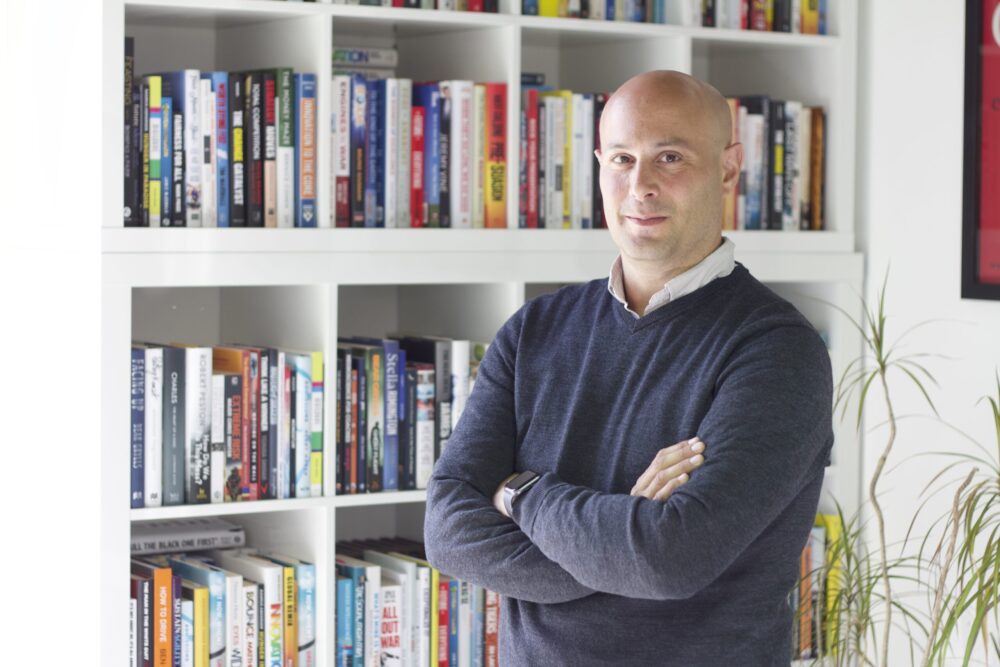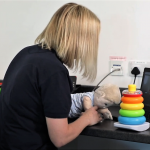July 19th has seen England become free from lockdown restrictions as the summer holidays begin. Businesses are planning to bring their staff back together. Event organisers are looking towards in-person events dominating Q3 and Q4.
But the issue of employee isolation, as a result of track and trace, is still to be resolved. What level of risk do businesses take bringing their staff back? How close should close contact be in the context of an event, a restaurant, a building?
Nick Gold, MD of Speakers Corner, a leading UK & International Speaker Bureau, discusses how business leaders can go about delivering a ‘new-normal’ while still bringing employees back together again.
Looking back to Spring 2020, the switch from our office-based work culture to remote working was as seamless as any societal behavioural change could ever be.
Whether we want to congratulate ourselves for our ability to adapt to change or whether we say this was inevitable anyway and it merely sped up the change lifecycle, the switch to remote working as a society is something that happened with minimal relative fuss.
Ever since then, there has been a continuous conversation about the return to the office, with differing opinions on what this will look like, what the future of work looks like, and the impact this will have on all of us.
Finally on 19th July 2021, the lifting of remote working happened and businesses could start looking forward to what the future of their working environment was going to be. But even then, the ‘big bang’ was replaced with the ‘mild message’ as guidance was tweaked and massaged to utilise words such as gradual and other less imposing terms.
Businesses are now examining what they perceive to be is best for their company, for their employees, and for their culture. Leadership teams are taking a leap into the unknown, trying to determine, and control, the next steps. But they only need to cast their minds back to the first lockdown to draw breath and question how they are approaching this situation. We, as individuals and as a society, have demonstrated we can adapt, embrace change, and work through the consequences.
But now we are experiencing emotion led responses to the business (and social) environment. Every person has a different perception, a different reality and a different set of experiences which they are drawing on as they take their steps in to the next phase.
Business leaders need to do something which is inherently against how they like to operate. They need to embrace the uncertainty, rejoice in the differences, and they need to let their employees show their ability to embrace the next steps as they work through the return to the office.
After all, there is no rush. We have spent the last sixteen months working remotely, so what is the urgency for a business to determine the future? How can anyone be clear of the benefits (or otherwise) of imposing determined behaviours on individuals?
There is some stuff we do know. From the beginning, with virtual team meetings and social get togethers. we have all recognised that we enjoy each other’s company more than we realised. As we have passed through lockdowns and society has opened up to any extent, there has been a speedy response by the majority to to experience face to face contact. There is an appreciation that while the virtual environment has created somewhere for us to congregate, it is a very linear, restrictive communication tool We have missed the tangential discussions that occur in a room of people, that the magic of creativity and ideas come from different minds discussing a subject with no set pattern. We have craved human interactivity and being able to hear words and experience body language.
There has been a lot of conversation through the pandemic about emotional intelligence and its role and importance for current and future leaders. We have entered an era where this comes to the forefront, leaders want their teams to gather, but they need to respect the individual’s attitude. We want to meet, to share ideas, to share experiences, but we need to respect different people’s feelings and perception of the virus. We want to bond, to feel alive, to rejoice being together but this means different things for different people. Leaders need to understand this without trying to control it. They need to allow individuals to be just that, individuals, to embrace that we are comfortable with virtual but for those comfortable in person, this can be celebrated and enjoyed too. They need to ensure that no-one, however they are dealing with the circumstances, feel left out or side-lined but are part of the whole.
The comfort for the leader is that this is, that in the bigger picture, this is short term. We will navigate our way through this, we will understand the boundaries and the comfort levels as a collective and we will find a balance that suits all, both the business and the individuals.
The leaders and the business itself rather than seeing the next phase as a chance to demonstrate leadership as control, they can use this as a chance to demonstrate their emotional intelligence and ensure the goodwill that has been generated over the last year with the seamless switch to remote working is not lost as we look towards whatever the future of work might look like.


